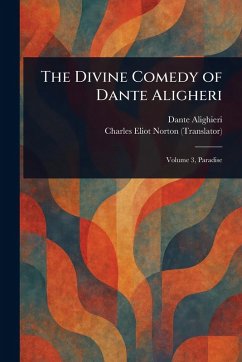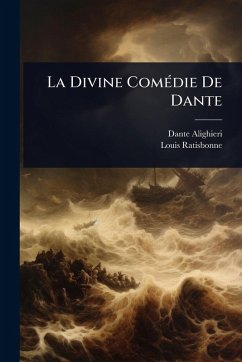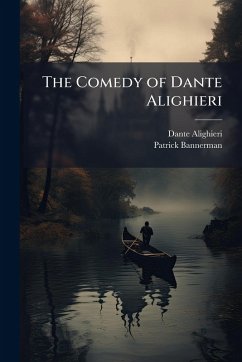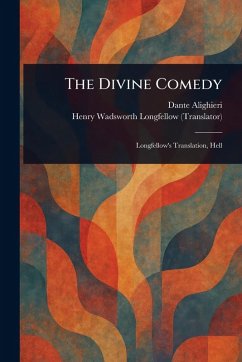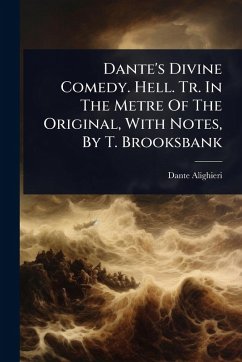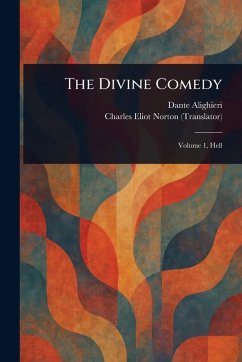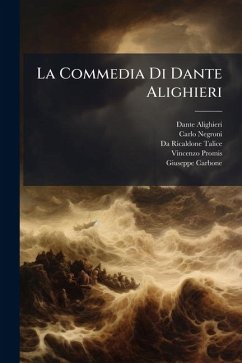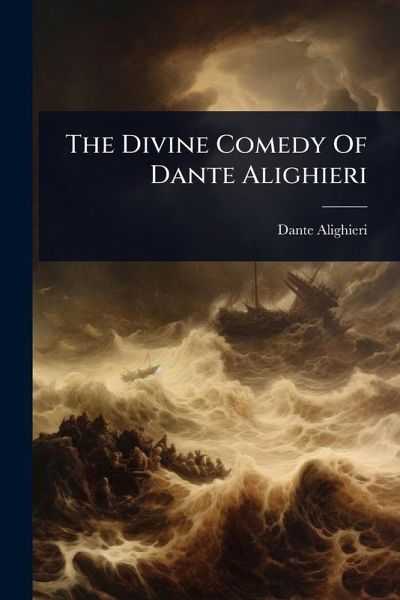
The Divine Comedy Of Dante Alighieri
Versandkostenfrei!
Versandfertig in über 4 Wochen
23,99 €
inkl. MwSt.

PAYBACK Punkte
12 °P sammeln!
âPurgatorioâ is the second part of Dante Alighieri's Divine Comedy, following âInfernoâ and preceding âParadiso.â This epic poem, written in the early 14th century, is a profound exploration of the journey of the soul toward purification and enlightenment. Set on the Mount of Purgatory, the poem depicts Dante's ascent through the seven terraces, each representing one of the seven deadly sins. Accompanied by the Roman poet Virgil, Dante encounters souls undergoing penance, each striving to cleanse themselves of their earthly failings. Through vivid imagery and profound allegorical symboli...
âPurgatorioâ is the second part of Dante Alighieri's Divine Comedy, following âInfernoâ and preceding âParadiso.â This epic poem, written in the early 14th century, is a profound exploration of the journey of the soul toward purification and enlightenment. Set on the Mount of Purgatory, the poem depicts Dante's ascent through the seven terraces, each representing one of the seven deadly sins. Accompanied by the Roman poet Virgil, Dante encounters souls undergoing penance, each striving to cleanse themselves of their earthly failings. Through vivid imagery and profound allegorical symbolism, Dante explores themes of repentance, redemption, and the transformative power of divine love. âPurgatorioâ is a cornerstone of Western literature, offering readers a timeless reflection on morality, spirituality, and the human condition. Its enduring relevance lies in its ability to provoke contemplation on the path to personal and spiritual growth. This work has been selected by scholars as being culturally important, and is part of the knowledge base of civilization as we know it. This work was reproduced from the original artifact, and remains as true to the original work as possible. Therefore, you will see the original copyright references, library stamps (as most of these works have been housed in our most important libraries around the world), and other notations in the work. This work is in the public domain in the United States of America, and possibly other nations. Within the United States, you may freely copy and distribute this work, as no entity (individual or corporate) has a copyright on the body of the work. As a reproduction of a historical artifact, this work may contain missing or blurred pages, poor pictures, errant marks, etc. Scholars believe, and we concur, that this work is important enough to be preserved, reproduced, and made generally available to the public. We appreciate your support of the preservation process, and thank you for being an important part of keeping this knowledge alive and relevant.



